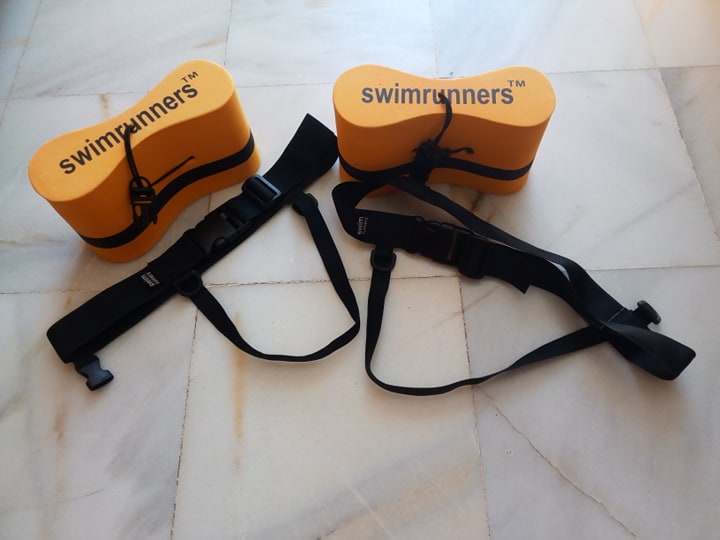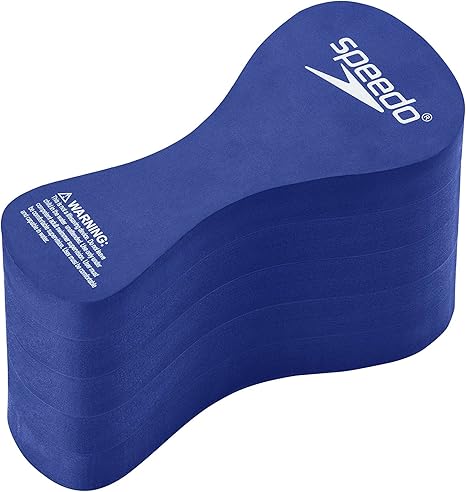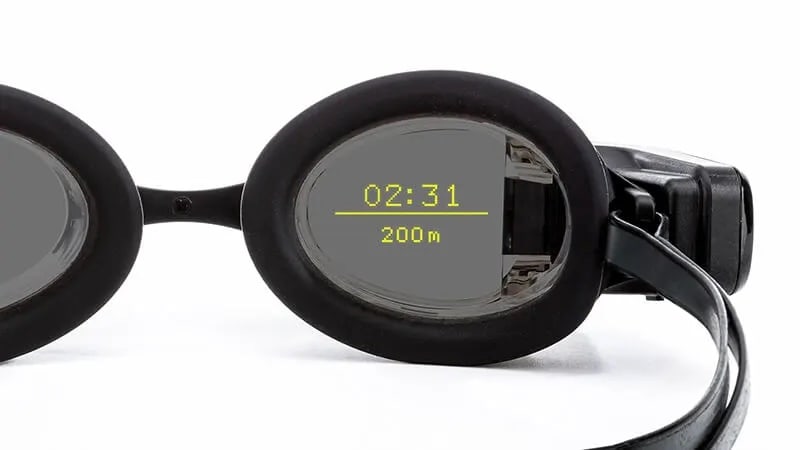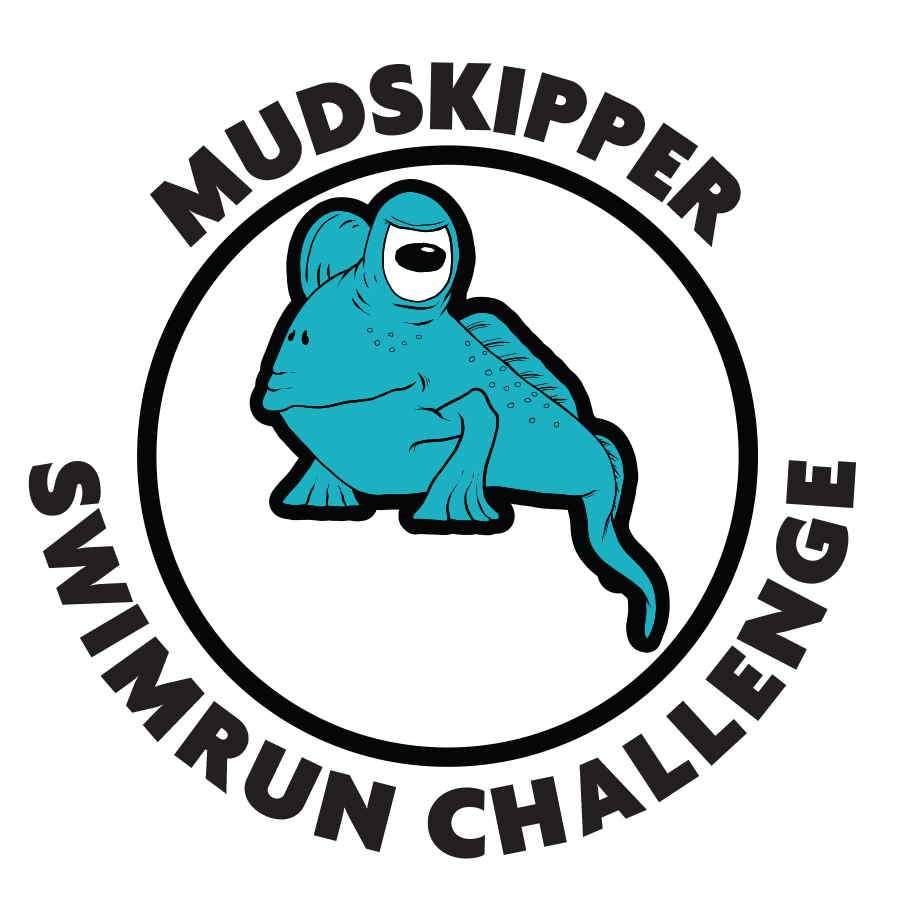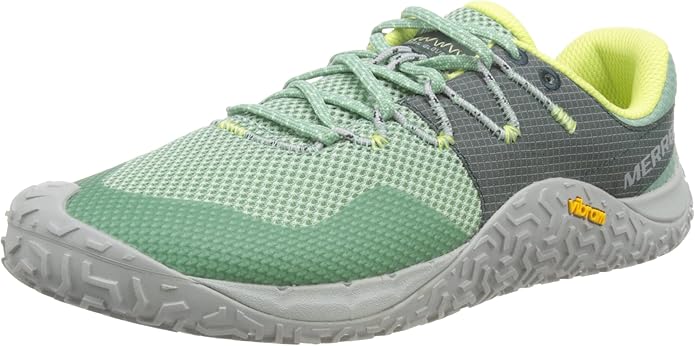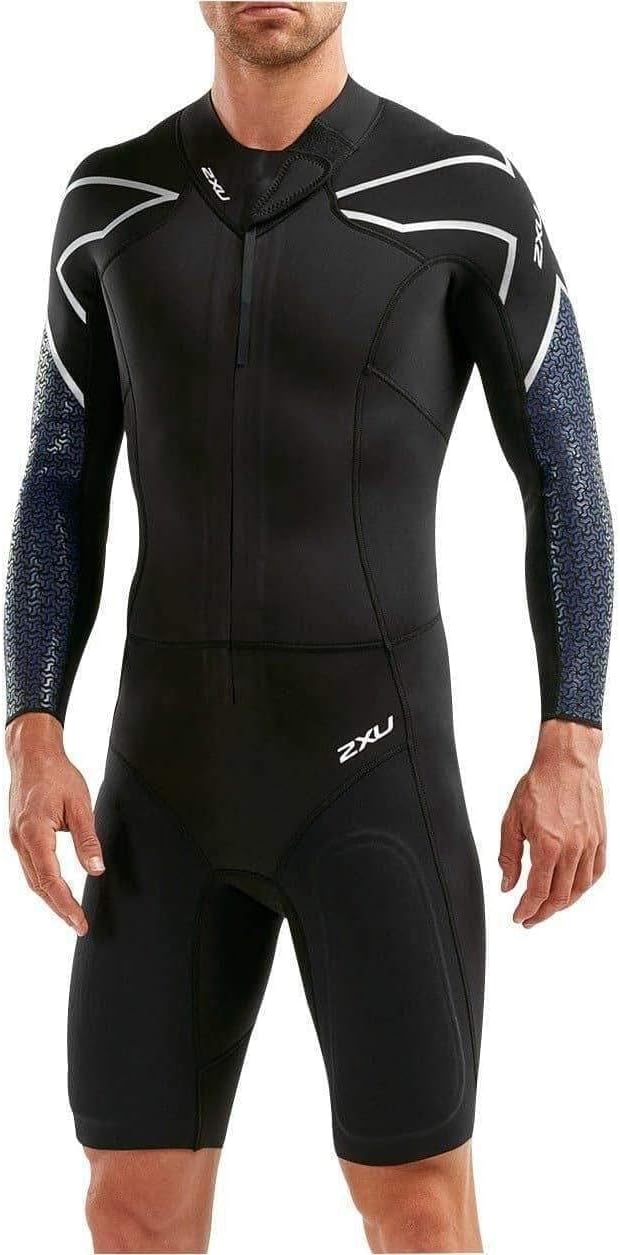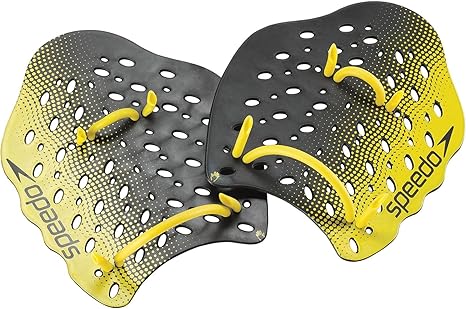Swimrun Pull Buoy
By Richard Mitchell and Mogsy Ford
Updated November 2025
The Swimrun pull buoy is used simply as a flotation device during the swimming sections of any Swimrun event. But why would you bother?
Anybody entering for a swimrun must be a good swimmer already, so why use something that looks like a safety aid? After all, it's not as big nor as visible as the proper safety floats that long-distance swimmers tow behind them in order to be seen more easily. What's the advantage? AND what are the disadvantages?
(As Amazon associates, we earn a small commission on any sales.)
Swimrun Pull Buoy
- Advantages
Let’s look at the positive factors first;
1. You lose some buoyancy from your legs in a swim run wetsuit because you normally have the neoprene legs finishing above the knee. This is to allow more mobility around your knees when running.
But it means that the rest of your body has neoprene buoyancy, but not your lower legs. There is a tendency for your legs to sink a little. So, a little extra buoyancy for your legs would help to even things out, and keep your legs higher in the water, reducing drag.
2. Swim run events are HARD WORK on your legs! If you have not run in a wetsuit before, you’ll have to take my word for this. Before I started Swimrun, I had run 6 marathons and completed 9 triathlons. I’m not a veteran nor an expert on endurance events, but I HAD done a few things before trying Swimrun.
SO it was a major shock to discover how running in a wetsuit (even with the top pulled down to my waist) becomes progressively harder and energy-sapping. It’s not due to the heat generated by running in a suit (I live in Malta, remember, and am well used to running in 30 degree C / 90 degree F temperatures.)
It’s more to do with the resistance and stiffness of the neoprene around your lower body and upper legs. For the first few run sections, everything seems OK. But then you reach a point where you start to feel the fatigue building.
And, then it seems to build relatively quickly. In a marathon road race, the fatigue builds on a more gradual scale; and everyone agrees that after mile 20 is the hardest part. But it’s a gradual build-up. In a Swimrun, the fatigue seems to escalate quite quickly.
That’s where a Swimrun pull buoy can help! By using a pull buoy during the swim sections, you can let your legs relax and allow them to recover from the previous run. And the cold water of the swim helps too. But it’s important to fully relax your legs, to get the maximum benefit.
BUT there is an alternative which may suit some people. Read on to find out more! Or, just click here to jump down to the alternative solution!
The Speedo pull buoy is an example of one of these floats on the market - check out the latest deals for this float here.
Swimrun Pull Buoy
- What are the disadvantages?
The disadvantage is that you have to somehow carry your Swimrun pullbuoy from the start line all the way to the finish! Obviously, you’re not going to run with the float between your legs - you need to carry it in some way.
The most common method is to thread some thin elastic bungee cord through the buoy, to make a couple of loops that you can put your leg through. Then you can pull the buoy and elastic cord loops up your thigh as far as possible and THEN you can pull the buoy around so it’s on the OUTSIDE of your thigh for running, OR pull it round so it’s between your legs for swimming!
This works quite well, but it’s important to get the tension / size of the elastic loops correct - you want the loops to be tight enough to hold the buoy in place while swimming, but not TOO tight so that the loops become uncomfortable while running.
 Mogsy running with her SwimRun pull buoy around her left leg
Mogsy running with her SwimRun pull buoy around her left legOther options are to simply run with the pull buoy in your hand; this works OK while running, but can become awkward when you get to a water stop or energy station.
OR you can attach your pull buoy to your running belt/marathon belt, at the back. You can tuck the buoy into the small of your back and tuck it under a loop of elastic cord or running/marathon belt, like in the photo below, taken at the Ötillö Hvar race in Croatia. I dislike this option as the float jiggles up and down as I’m running, which I find annoying. However Mogsy finds that having the float tucked inside the back of her running belt is fine - so it's obviously personal choice on that one!!
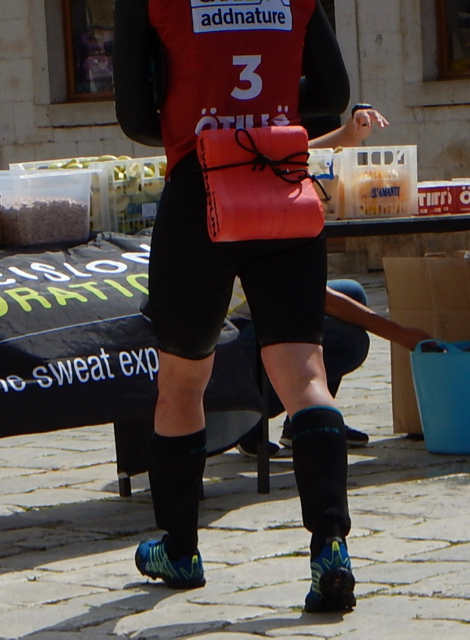 A SwimRun pull buoy being carried under a waist belt during the running legs.
A SwimRun pull buoy being carried under a waist belt during the running legs.Is it important to use
a Swimrun Pull Buoy?
We believe that it IS important. We didn’t use a pull buoy for our first race in Hvar, Croatia, and although we did quite well on the swim legs without it, our legs suffered badly on the running sections.
So we
tried using pull buoys for our next event in Switzerland; We
committed the schoolboy error of not testing enough in training, and
Mogsy found the elastic loops uncomfortable for running, so I ended up
carrying her float for her!
Our swimming sections went well, with us regularly passing other teams as we had done in Hvar, but the big improvement was in our running, where our legs seemed to last longer before the fatigue and exhaustion started to build. And this was at over 6000 feet altitude!
So the Swimrun pull buoy definitely helped!
We have now moved on to a "system" which involves a belt, incorporating a clip to hold the pull buoy in position on your thigh while running. It also has D rings for clipping the tow rope.
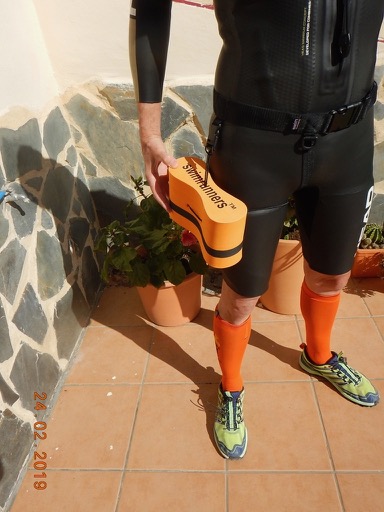 The new SwimRun pull buoy with matching belt.
The new SwimRun pull buoy with matching belt.The actual shape of the Swimrun pull buoy can vary quite a bit. Most competition events have a maximum size of flotation device in their rules - (after a team turned up at a race a few years ago with an inflatable "mobile phone" the size of an air mattress!) - but just about any commercially available pull buoy intended for use as a training device in a swimming pool will be fine.
ARK KEEL Swimrun Pull Buoy
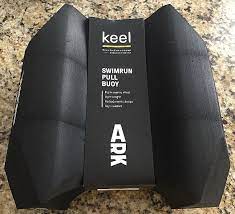 ARK KEEL Swimrun Pull Buoy
ARK KEEL Swimrun Pull BuoyAs the world of Swimrun grows and develops, so does the development of the pull buoy! ARK have developed a pull buoy designed for speed, with a distinctive shape to minimize drag and maximize flotation which they say will enable you to move as fast as possible through water. The 'KEEL' is inspired by a boat's keel and delivers great results.
Whether there is really IS much drag reduction is debatable; I haven't seen any laboratory testing to prove it.
It is lightweight, with high buoyancy, but bigger than your usual pull buoy.
Dimensions:
Length: 28 cm
Height: 26 cm
Width: 12 cm Weight: 172 grams
It can be worn on either the thigh or the lower back - as mentioned before, we feel this is a matter of personal preference.
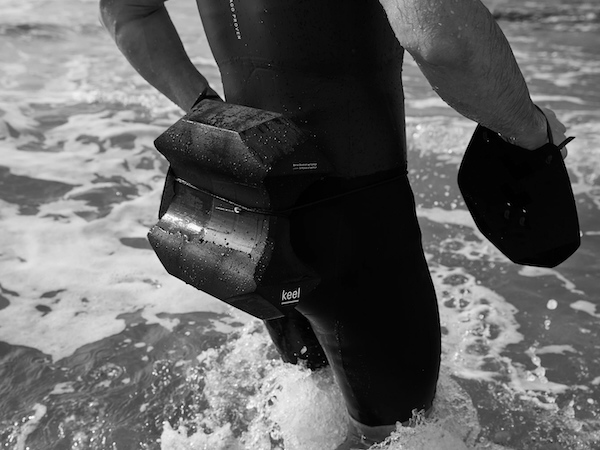 ARK Sports Keel
ARK Sports KeelFor more information and to purchase, go to the ARK website HERE.
NU Orza Swimrun pull buoy
A similar design to the ARK is the NU Orza pull buoy. At just 150 grams, it is a fraction lighter than the ARK Keel, and is also a tad slimmer at 10 cm thick. The length and width are similar to the Keel at 24cm x 27cm.
The NU Orza is not as stiff as the Keel, and there is some flexibility between the two pontoons. Many swimrunners find that this is the more comfortable float of the two. It is also not quite as buoyant as the Keel, which means it doesn't tend to explode out of the water at the swim to run transition!
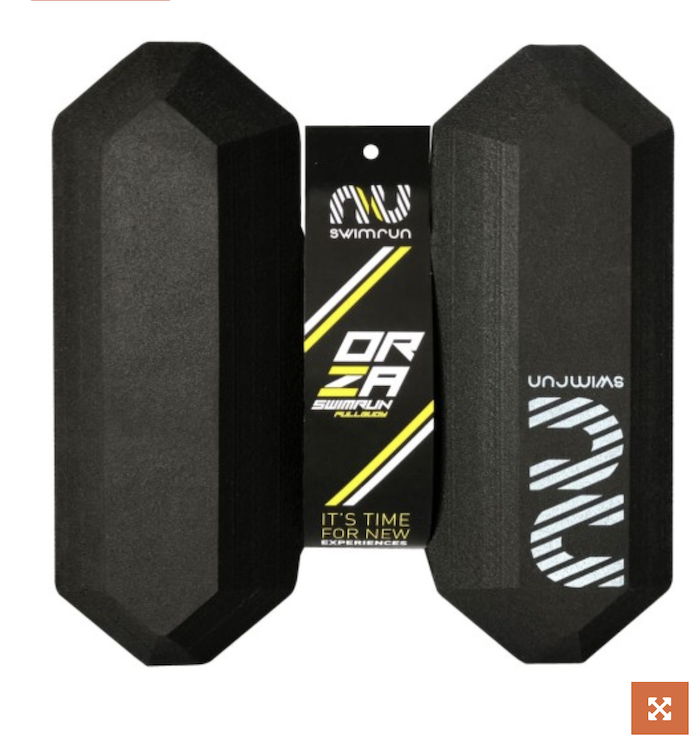
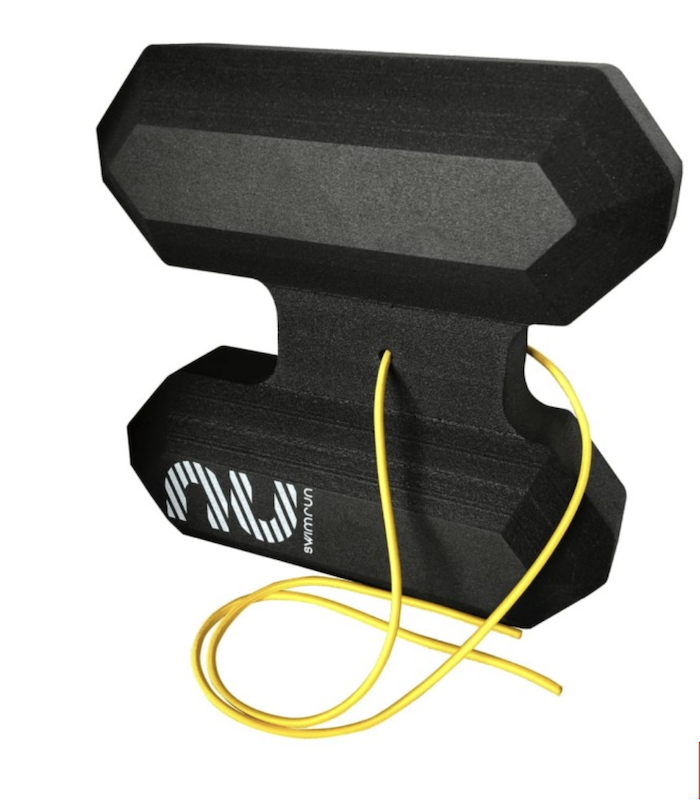
NU have also brought out the Orza +, which has the same width and thickness as the standard model, but has a greater length at 32cm, which is pretty much the maximum size allowed in Swimrun! However, this may be TOO big for many people, unless you are over 6 feet tall (180cm). The weight is also increased, at 190 grams. The prices are around €40 to €50.
Check out the NU website to buy either of these great pull buoys.
Alternative to a Swimrun Pull Buoy
What's the alternative?
If you don't like running with a pull buoy, there is another option for gaining buoyancy for your lower body.
Your swimrun wetsuit will (should) be cut to just above your knees. But you can get neoprene calves 8mm thick. Just think of the buoyancy from TWO neoprene calves with that thickness!
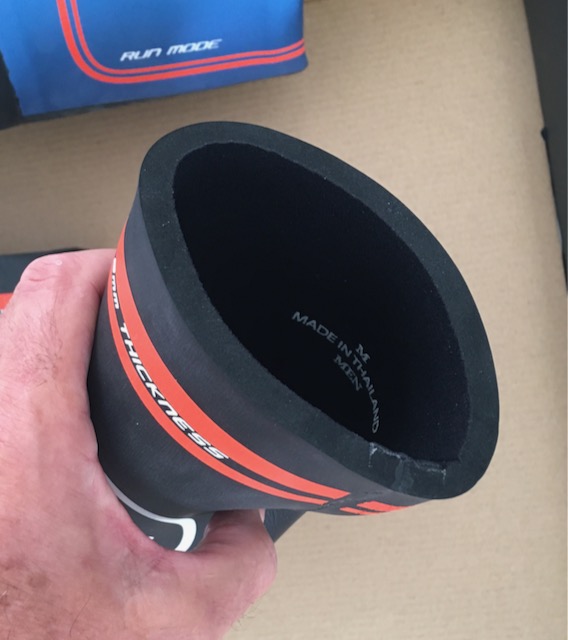 Zone 3 Evolution 8mm calves
Zone 3 Evolution 8mm calvesThis means that these neoprene calves will not give the same buoyancy as a pull buoy, but the buoyancy is located much nearer your feet. Due to the 'lever' effect, this means that the buoyancy will be more effective at keeping your lower legs and feet higher in the water!
I am not saying this solution is for everyone, but it can be a very effective alternative to a full-on buoy, because:
- There is much less drag in the water caused by 8mm calves compared to a large pull buoy.
- There is NO pull buoy to carry on the running sections.
- As a bonus, the neoprene calves act as compression calves during the whole event!
What's not to like!
As with most things in Swimrun, you have to test these things out for yourself, and see what works for YOU! Good Luck!
Monitor your activity and performance while you are swimming with the
CLICK HERE for further details and the BEST PRICE at Amazon!
www.swimrun-advice.com works with the following Swimrun companies:

